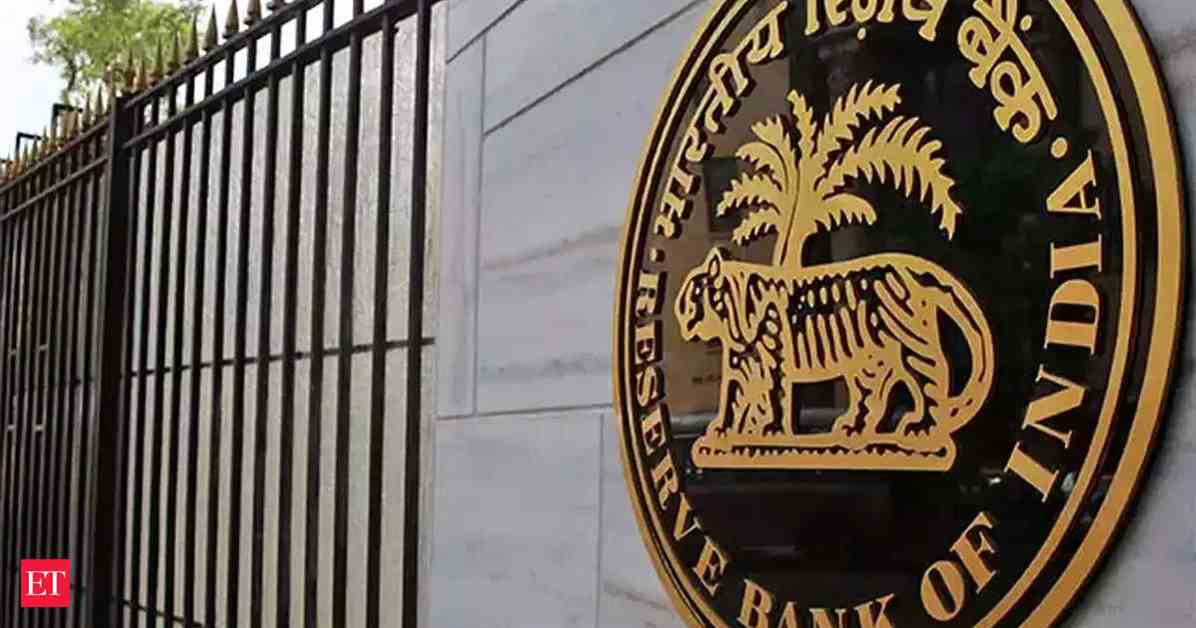Banks in India are concerned about the potential impact of a new provision requiring a 5% buffer for all infrastructure projects. They believe that this requirement could harm both lenders and the viability of these projects. In response, they have proposed several amendments to the draft circular issued by the Reserve Bank of India (RBI) to mitigate these risks.
One of the main concerns raised by banks is the retrospective application of these norms, which could complicate existing loan agreements. They argue that it would be more practical to apply these provisions to new projects only. Additionally, the six-month moratorium on repayments for projects has been highlighted as a challenge, as each project has its own unique timeline and requirements.
To address these concerns, banks have suggested a stage-gated rollout of the new provisioning norms. They propose implementing 2% in fiscal 2025, 3.5% in fiscal 2026, and 5% by 2027. This phased approach would help lenders adjust to the new requirements gradually and avoid sudden disruptions.
Furthermore, banks have emphasized the need for flexibility in applying these norms to different types of projects. They argue that smaller projects below a certain value should be exempt from the 5% provision, as they have minimal impact on bank books. Differentiating between government-owned and private financiers is also essential, as the risk profiles vary significantly.
In addition to these concerns, the Finance Industry Development Council (FIDC) has raised issues regarding access to information for non-bank lenders. They have requested that NBFCs be provided access to the RBI’s Central Repository of Information on Large Credit (CRILC) to ensure timely and accurate reporting of NPV changes.
Overall, the banking industry is working closely with the RBI to address these challenges and find solutions that balance the need for risk mitigation with the sustainability of infrastructure projects. By collaborating and providing feedback, banks hope to create a framework that supports the growth of the sector while safeguarding the interests of lenders and investors.
